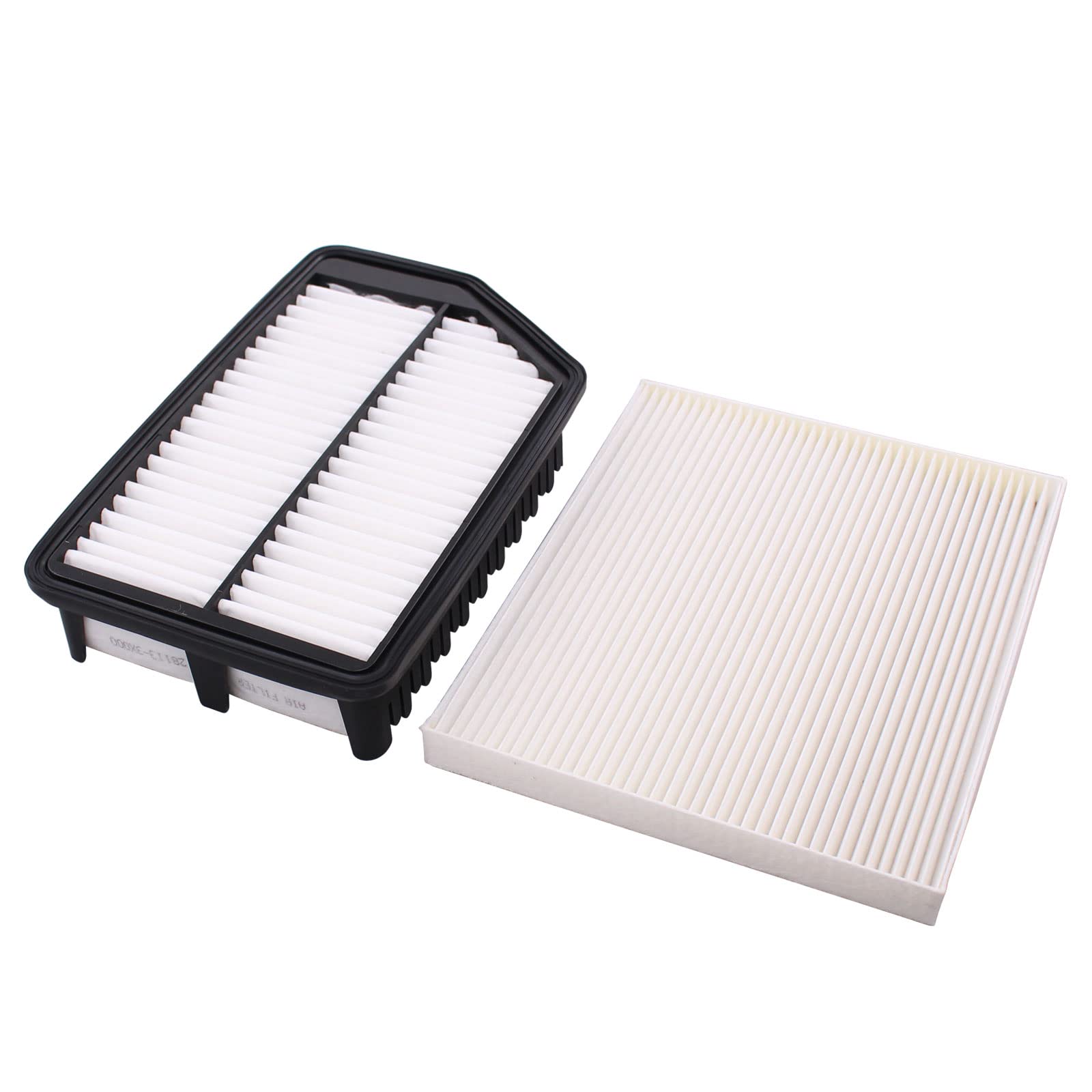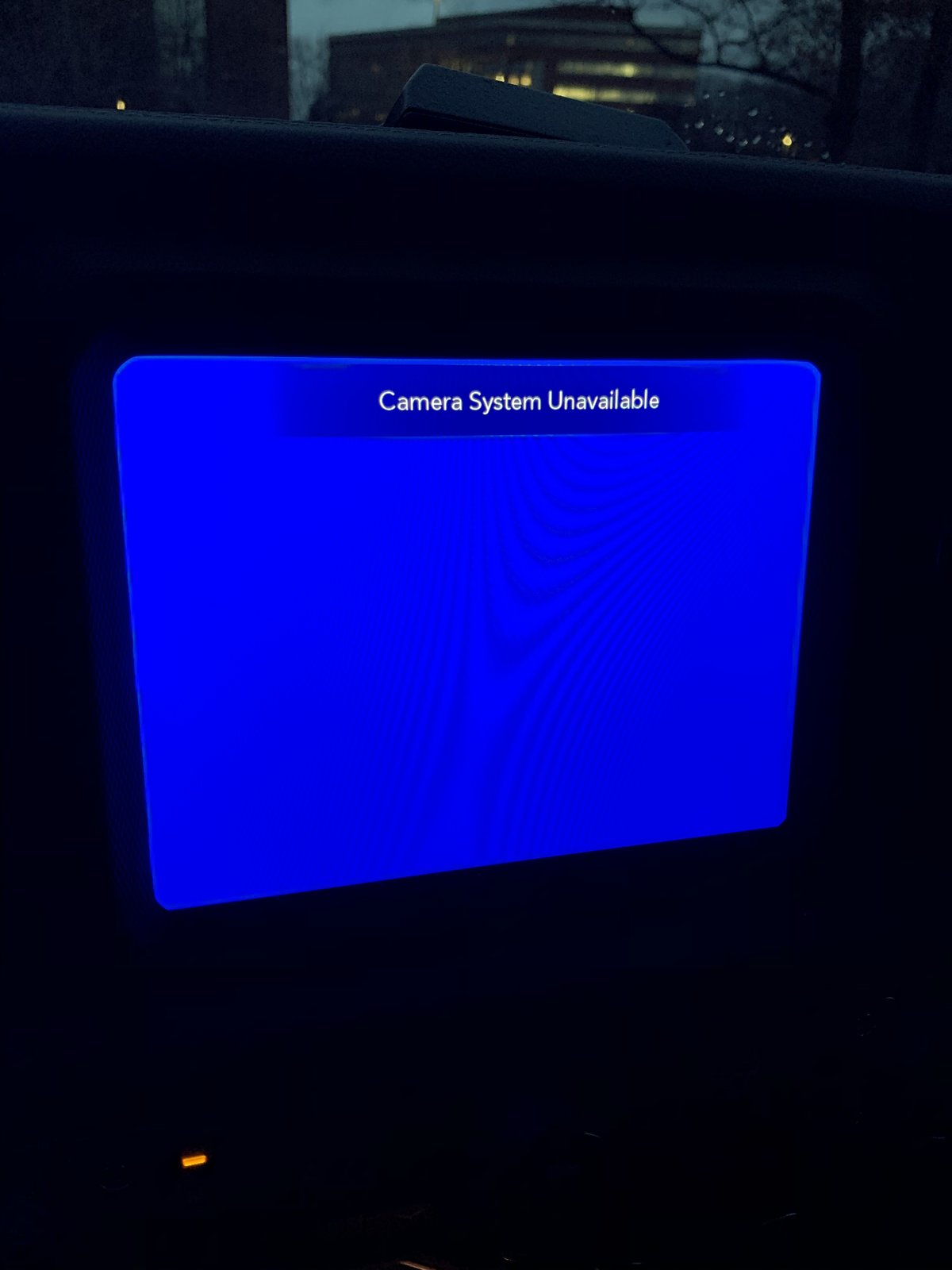If you own a 2007 Chevy Avalanche, you may have encountered some transmission problems.
These problems can range from slipping gears, hard shifting, and delayed acceleration, to complete failure.
In this article, we will explore the common causes and repairs of 2007 Chevy Avalanche transmission problems, and how you can prevent them from happening again.
Whether you are a DIY enthusiast or a professional mechanic, you will find useful information and tips to keep your Chevy Avalanche running smoothly.
Read on to learn more about the 2007 Chevy Avalanche transmission problems and how to fix them.
What Are The 2007 Chevy Avalanche Transmission Problems?
The 2007 Chevy Avalanche has garnered notoriety primarily due to recurring issues with its 4L60E automatic transmission system. Let’s delve deeper into these common problems:
Harsh Shifting (Especially 1-2 Shift)
This problem often stems from the failure of plastic accumulators, which are designed to cushion shifts. Over time, these accumulators can develop cracks or break altogether, leading to a jarring shifting experience.
- Cause: Failure of the plastic accumulators.
- Solution: To address this issue, upgrading to versions equipped with durable aluminum pistons is recommended. This upgrade enhances longevity and stability during gear shifts.
Delayed or Slipping Shifts
Another prevalent issue involves delays or slips during gear shifts. This can result from various factors, including problems with the valve body, worn clutch packs, or insufficient transmission fluid levels.
- Cause: Issues with the valve body, worn clutch packs, or low transmission fluid.
- Solution: Diagnosing the problem thoroughly by a transmission specialist is essential. Depending on the diagnosis, solutions may range from replacing worn components to addressing leaks or even undertaking a complete transmission rebuild.
Loss of 3rd/4th Gear
Some owners have reported a loss of 3rd or 4th gear functionality, which can severely impair the vehicle’s drivability.
- Cause: This issue typically arises from the failure of the 3-4 clutch pack.
- Solution: Rectifying this problem necessitates a transmission rebuild, involving the replacement of the faulty clutch pack to restore proper gear functionality.
General Transmission Failure
In more severe cases, the transmission may fail outright, often due to a combination of internal failures stemming from wear and tear, inadequate maintenance, or overheating.
- Cause: Multiple internal failures due to various factors such as wear and tear, lack of maintenance, or overheating.
- Solution: When faced with a general transmission failure, a comprehensive approach such as a full transmission rebuild or replacement becomes necessary to restore the vehicle’s functionality.
Also Read: What Is The Difference: LY6 vs LQ9 – Complete Explanation
What type of transmission does a Chevy Avalanche have?
The type of transmission that a Chevy Avalanche has depends on the model year and the engine size. The 2002-2006 Chevy Avalanche has either a 4-speed 4L60-E automatic transmission or a 4-speed 4L80-E automatic transmission. The 2007-2013 Chevy Avalanche has either a 4-speed 4L60-E automatic transmission or a 6-speed 6L80 automatic transmission.
The 4L80-E transmission is usually paired with the 8.1L V8 engine, while the other transmissions are paired with the 5.3L V8 engine. The 4L60-E transmission is more common and less durable than the 4L80-E transmission. The 6L80 transmission is newer and more efficient than the 4-speed transmissions.
Is a 2007 Chevy Avalanche a good truck?
A 2007 Chevy Avalanche is a versatile and comfortable truck that can carry both passengers and cargo. However, it also has some drawbacks, such as its large size, blind spots, and transmission problems. Whether it is a good truck or not depends on your personal preferences and needs. Here are some pros and cons of the 2007 Chevy Avalanche:
Pros
- Versatile midgate-based body configuration that allows you to expand the cargo bed or the cabin space
- Comfortable ride and seating for up to six people
- Smooth V8 engines that offer ample power and decent fuel economy
- Available four-wheel drive and Z71 off-road package for enhanced traction and performance
Cons
- Large size that makes it unwieldy in tight spots and hard to park
- Blind spots in the rear quarters that reduce visibility and safety
- Transmission problems that can cause slipping gears, hard shifting, delayed acceleration, or complete failure
- High maintenance and repair costs due to the complex design and frequent issues
What engine comes in a 2007 Avalanche?
The 2007 Chevrolet Avalanche has two engine options: a 5.3-liter V8 and a 6.0-liter V8. The 5.3-liter V8 comes in two versions: an iron-block version with 320 horsepower and 340 lb-ft of torque, and an aluminum-block version with 310 horsepower and 335 lb-ft of torque. The 6.0-liter V8 has 366 horsepower and 380 lb-ft of torque. All engines have Active Fuel Management, which deactivates four cylinders under light load to improve fuel economy. The 5.3-liter V8 engines can also run on E85 ethanol-blended fuel. The 6.0-liter V8 is only available on the LTZ trim level.
What year did Chevy stop Avalanche?
Chevy stopped producing the Avalanche after the 2013 model year. The main reason for discontinuing the Avalanche was the decline in sales and consumer interest in this type of vehicle. The Avalanche had its best sales year in 2003, with 93,482 units sold, but by 2011, it only sold 20,088 units. Some owners and fans of the Avalanche still hope that Chevy will bring it back someday, but there are no official plans to do so as of now.
How Many Gallon Tank Does A 2007 Chevy Avalanche Have?
The 2007 Chevrolet Avalanche has a gas tank size of 31.0 gallons. This is the same for both the 5.3-liter V8 and the 6.0-liter V8 engine options. The 2007 Avalanche can also run on E85 ethanol-blended fuel, which may affect the fuel economy and range.
Important: Is Your 4L80 Transmission Giving You Trouble? Here’s Your Fix!
What is the fuel economy L 100km for the 2007 Chevy Avalanche?
The fuel economy L 100km for the 2007 Chevy Avalanche depends on the engine type and the driving mode. According to driving.ca, the official fuel numbers for the 2007 Chevy Avalanche are as follows:
| Engine | City | Highway |
| 5.3L V8 | 15.4 L/100km | 10.4 L/100km |
| 6.0L V8 | 17.4 L/100km | 11.8 L/100km |
These numbers are based on regular gasoline. If you use E85 ethanol-blended fuel, the fuel economy may be lower.
2007 Chevy Avalanche Transmission Problems Starting

Here’s a breakdown of potential causes for a 2007 Chevy Avalanche experiencing transmission problems when starting:
1. Low Transmission Fluid
- Reason: Leaks, insufficient filling after maintenance, or internal wear can lower fluid levels. This compromises the hydraulic pressure needed for operation.
- Symptoms: Delayed engagement, slipping shifts, strange noises, burning smell.
- Solution: Check the fluid level (procedure in your owner’s manual). Add fluid if low, and investigate any leaks.
2. Worn Torque Converter
- Reason: The torque converter transfers power from the engine to the transmission. Its internal components can wear over time.
- Symptoms: Shuddering when starting, stalls when shifting into gear, difficulty accelerating, poor fuel economy.
- Solution: Unfortunately, torque converter problems usually mean a transmission rebuild or replacement.
3. Failing Transmission Solenoids
- Reason: Solenoids electronically control fluid flow within the transmission. Malfunction can prevent proper gear engagement.
- Symptoms: Inconsistent shifting, delayed engagement, stuck in one gear, check engine light with transmission codes.
- Solution: Needs a transmission specialist to diagnose and replace faulty solenoids.
4. Problems in the Park/Neutral Start Interlock
- Reason: This safety feature prevents starting unless the vehicle is in Park or Neutral. A faulty switch or sensor can create issues.
- Symptoms: Won’t start in Park/Neutral, or unexpectedly starts in gear (safety hazard).
- Solution: Requires diagnosis to determine if the switch, its wiring, or another related component is malfunctioning.
5. Serious Internal Transmission Damage
- Reason: If ignored, smaller issues can escalate to major failures within the transmission.
- Symptoms: Often grinding noises, no engagement with the engine, complete failure to move.
- Solution: Likely needs a full transmission rebuild or replacement.
Important Steps
- Check Engine Light: If you have a check engine light, get the codes read. These may provide more specific clues.
- Fluid Check: Before getting too worried, confirm the transmission fluid level is correct.
Also Read: Ford E4OD Transmission Problems: A Comprehensive Guide
Are There Any 2007 Chevy Avalanche Transmission Problems Recall?
Yes, there were a couple of recalls on certain 2007 Chevy Avalanche models for transmission-related problems. Here’s the information:
1. Shift Cable Recall
- Affected Models: 2007-2011 Chevy Avalanche, as well as various other GM trucks and SUVs.
- Issue: The transmission shift cable may fracture, preventing the shifter from accurately indicating the intended gear. This could make it appear the vehicle is parked when it’s not, increasing the risk of rollaway.
2. Corrosion-Related Transmission Malfunction
- Affected Models: 2007-2011 Chevy Avalanche, as well as various other GM trucks and SUVs sold or registered in specific high-corrosion states.
- Issue: Salt and other corrosive materials used on roads can damage the transmission cooler lines, leading to fluid loss and internal transmission damage.
What Is The 2007 Chevy Avalanche Transmission Replacement Cost?
The 2007 Chevy Avalanche transmission replacement cost ranges from $3,000 to $4,000 for the part alone. Labor will cost you an extra $1,500, as replacing a transmission is time-consuming and usually takes a couple of days to a week. The total cost will vary depending on where you live, whether the replacement transmission is new or used, and the model year of your vehicle.
Conclusion
In this article, we have discussed the common causes and repairs of the 2007 Chevy Avalanche transmission problems.
We have also shared some tips on how to prevent these problems from happening again.
We hope you have found this article useful and informative.
If you have a 2007 Chevy Avalanche, you should be aware of the potential transmission issues and how to deal with them.
By following the advice in this article, you can keep your Chevy Avalanche running smoothly and enjoy its versatility and comfort.
Thank you for reading this article about the 2007 Chevy Avalanche transmission problems.




